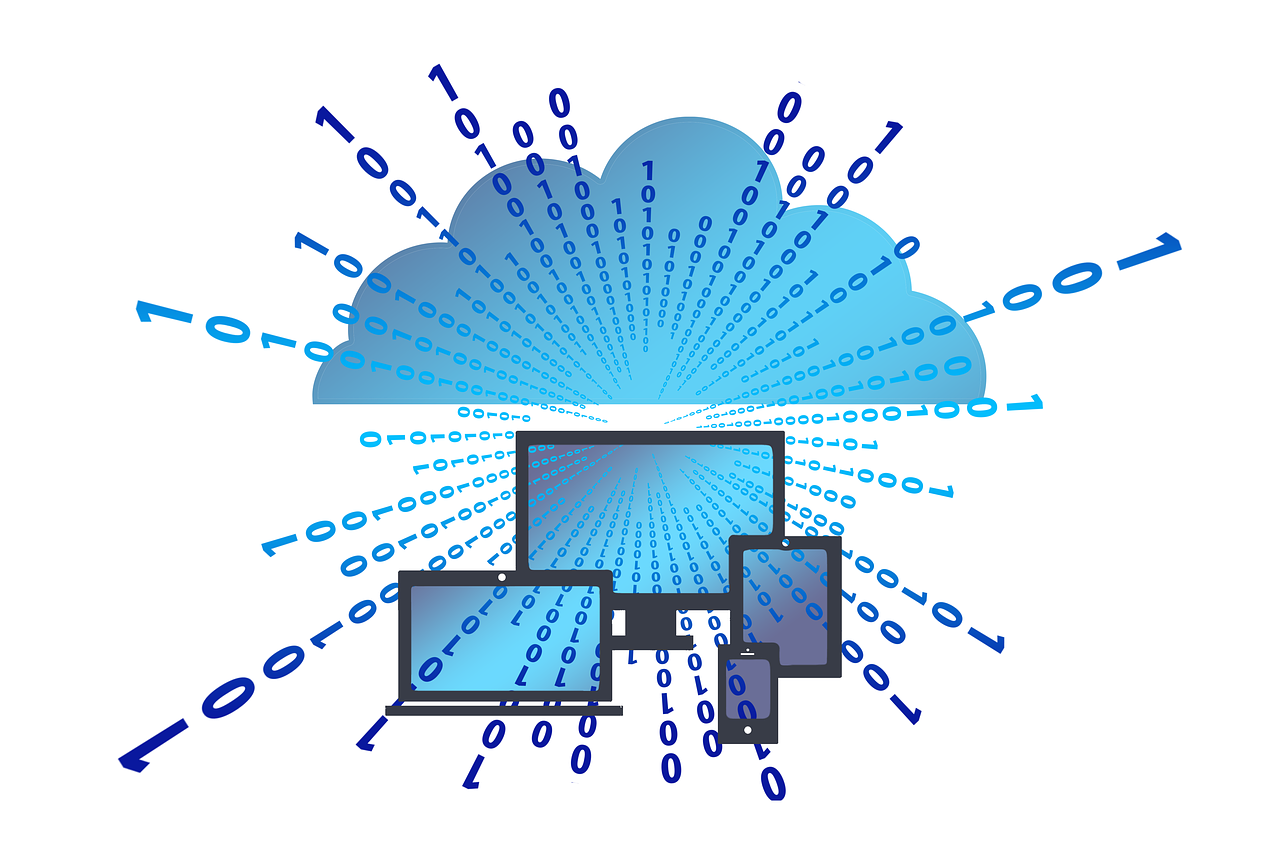Point clouds are large data sets that play an important role in measuring an object’s distance from a source. Used in industries ranging from agriculture to national security, point clouds pave the way for researchers to collect and analyse critical information in a hassle-free way.
As a professional exploring 3D laser scanning technology, it’s crucial for you to have a clear idea of how point cloud works. In this post, we look at everything you need to know about point cloud processing and how it helps in surveying the earth’s surface.
LiDAR and Point Cloud Data
There are plenty of objects or places that cannot be surveyed through standard techniques due to their remote locations or surroundings. To measure its distance from a specific point or calculate its height, researchers use a laser technique called light detection and ranging technology — often known as LiDAR. A point cloud is a collection of points that represent a 3d shape or feature. LiDAR sensors can be mounted to an aerial vehicle, where they gather description about the Earth’s features and shape.
With this method, a radar equipped with a sensor, laser, and other necessary tools is used to illuminate pulsed laser light at the target object. Usually, the LiDAR system is fixed on a drone, aeroplane or any other moving vehicle. The laser light hits the target object and reflects on the radar for a specified duration.
Researchers measure the total distance of the target object from the radar on the basis of the wavelengths and laser return times. This data is presented using 3D scanners on a topographic map in the form of point clouds.
These point clouds are then used to create three-dimensional computer-aided design (CAD) models for manufactured parts, as well as for animation, visualisation, rendering, and mass customisation purposes.
The process of measuring point clouds and using them to design 2D and 3D CAD models of any object, obstacle or plain surface is known as point cloud processing. This is done using dedicated CAD applications.
How Does Point Cloud Processing Work?
Point clouds are used to accomplish various objectives, including creating 3D CAD models. For this task, point cloud experts visit the site where the target object is located and begin the scanning process, with scanners set up in various locations. This process is quick, taking no longer than a few minutes. Once this is done, the next step is point cloud registration.
To begin the registration process, experts use software that can import files from the scanner. Depending on the size of the scan and the software and hardware used, this process can take a varying amount of time — however, like the initial scan, this often takes just a few minutes. When the point clouds have been registered, they are imported into the chosen CAD application, where they are used to create 3D models. These might be used for a number of applications in a variety of industries, from animation to surveying.
All these tasks are critical and require expert knowledge. The use of software designed specifically for your task and industry allows you to execute the entire process quickly but without sacrificing quality.
Point cloud processing may sound complex, and while highly sophisticated and dealing with advanced technology, it can actually be simple to implement. The best software designed for this purpose comes with a handful of audio, video and text guides — while some also offer course programmes and tutorials that help you get the most out of it — to make sure point cloud processing is easy and gets your business the desired results.

